Some of us will have have fond memories of listening to radio shows at some point of our lives. When podcasts have gained momentum, for most of people it was a new media, a new area of exploration. But for some of us, it felt like coming back home.
There is a podcast out there for anything and on almost any topic. Podcasting may be a fantastic way to get your personality and your ideas out into the world, still it requires more than one might expect, especially if you want to to produce a professional product.
The Tools
Professional podcasting setups can get quite complicated. You can get a satisfactory setup up and running for £100-200. It will have pretty good audio quality and be reliable. A professional setup will cost around £1,000 minimum, although it can go much higher.
It mainly comes down to your budget and goals with your podcast. It’s fine to start small and upgrade later. As you gain experience, you will try new things and determine your needs.

A minimal set of tools would include: A desktop or laptop computer, a microphone, audio recording and editing software and a method of distribution. As your show develops and settles on format, you may add to this: more microphones (if you have guests and/or multiple hosts) or mobile microphones, headphones and a mixer.
Computer
Audio recording and editing are not highly demanding tasks, so any fairly new computer will do. Choose whatever you’re comfortable with, or what you have available.
Microphone
Microphone is a single tool that will make or break your podcast. It will present your voice more clearly and fully while also helping you get a setup that avoids other noises that will distract or annoy your audience. Your laptop microphone is not going to cut it and neither are most cheap headset microphones. These microphones produce too much background noise and low sound quality in general.
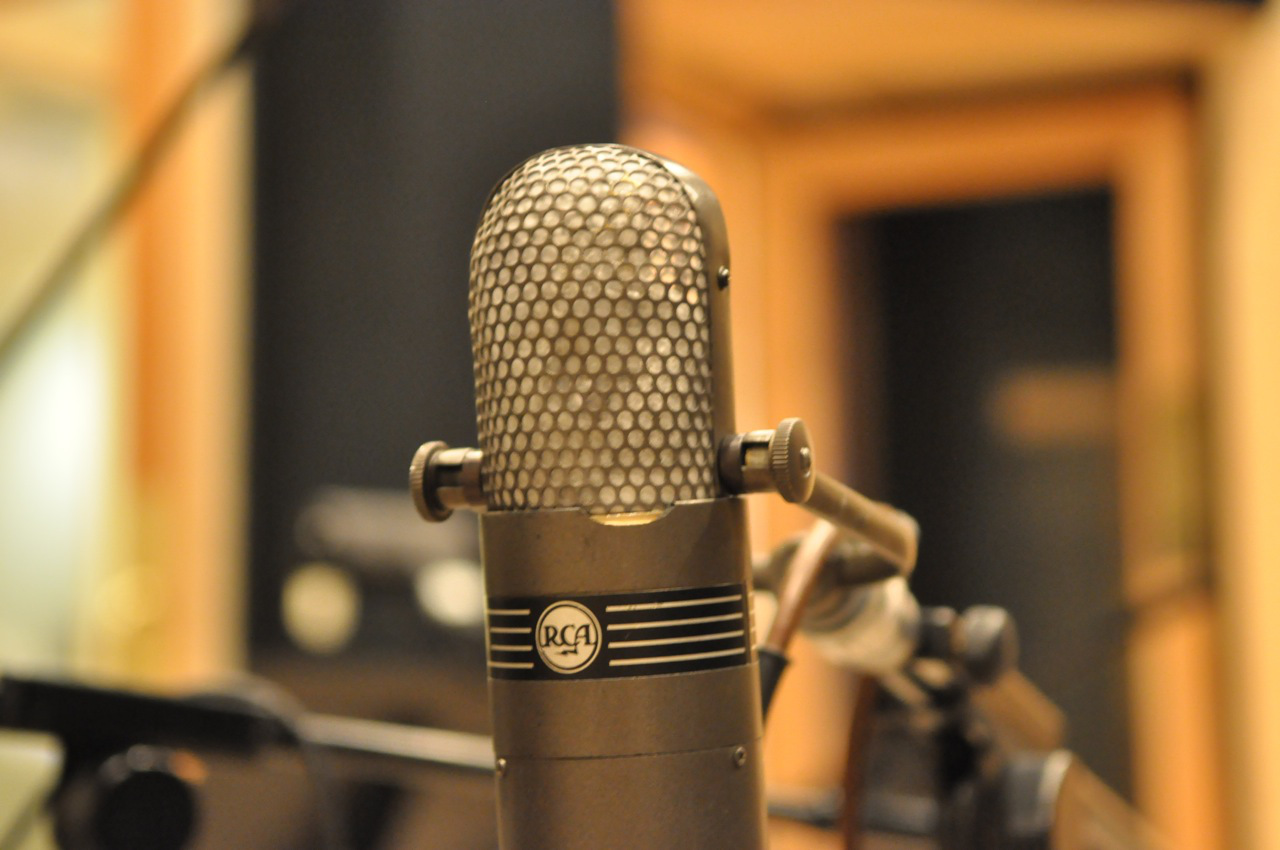
Some factors to consider into the selection of your microphone(s) would be: What kind of podcast are you recording? Will you be the sole speaker, or will you need a hook-up for multiple microphones? If you do have multiple speakers, will it be all the time or rarely? Do you have a dedicated podcast recording location or will you be recording on the go?
Furthemore, USB connection might be a better choice over 3.5 mm audio or XLR options, primarily due to hassle-free plug and play option. This is particularly important if you are often recording on the go.
Depending on your budget and requirements, some microphone options could include: Blue Yeti, Shure SM7B and Samson G-Track Pro.
Finally, one important thing to consider. Pop filters and shock mounts are the cheapest items you can get to significantly improve the audio quality of your recording.
Mixer
Not all podcasters necessarily need to purchase a mixer, as any worthwhile piece of recording software allows users to directly record their voice and store it as an audio file. However, mixers often offer other benefits you can’t find elsewhere, such as greater control and effects. A mixer is valuable, for instance, if you’d like to include music or movie clips in your podcast, or if you’re using multiple microphones.
If you’re going to use a mixer, be sure to buy microphones that can plug into it. Not all mixers support USB microphones.
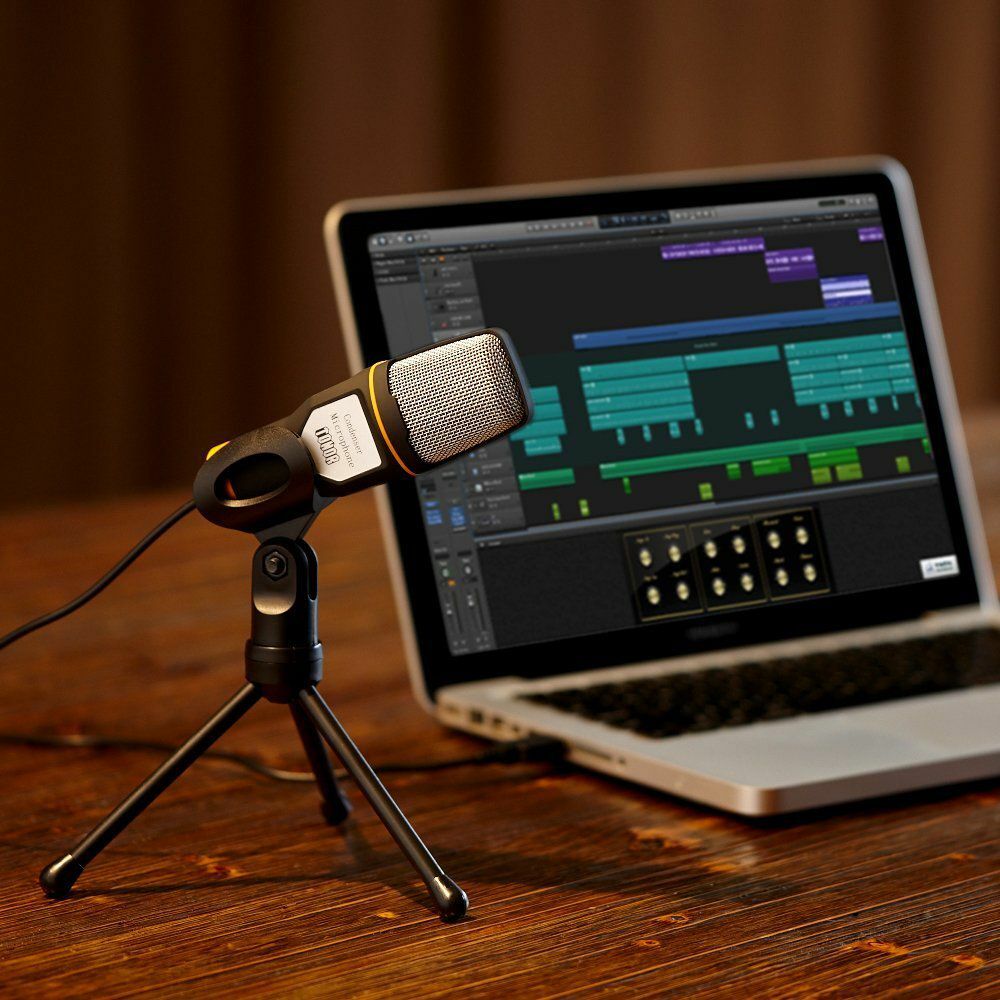
Headphones
All you need is a decent pair of headphones, so you can hear yourself and any guests you might have on the show. However, if you’re using a mixer, these become a requirement, as you will need to have headphones in order to correctly adjust the audio channels. After all, you can only do so much in post-production editing.
Technically, you don’t need to wear headphones while recording a podcast, but it’s highly recommended.
There are a few main reasons:
- You will hear yourself clearly, making it easier to maintain a consistent, ideal tone.
- You will immediately hear if the microphone is picking up background noise.
- If you’re interviewing someone, it makes it easier to hear them clearly by reducing background noise.
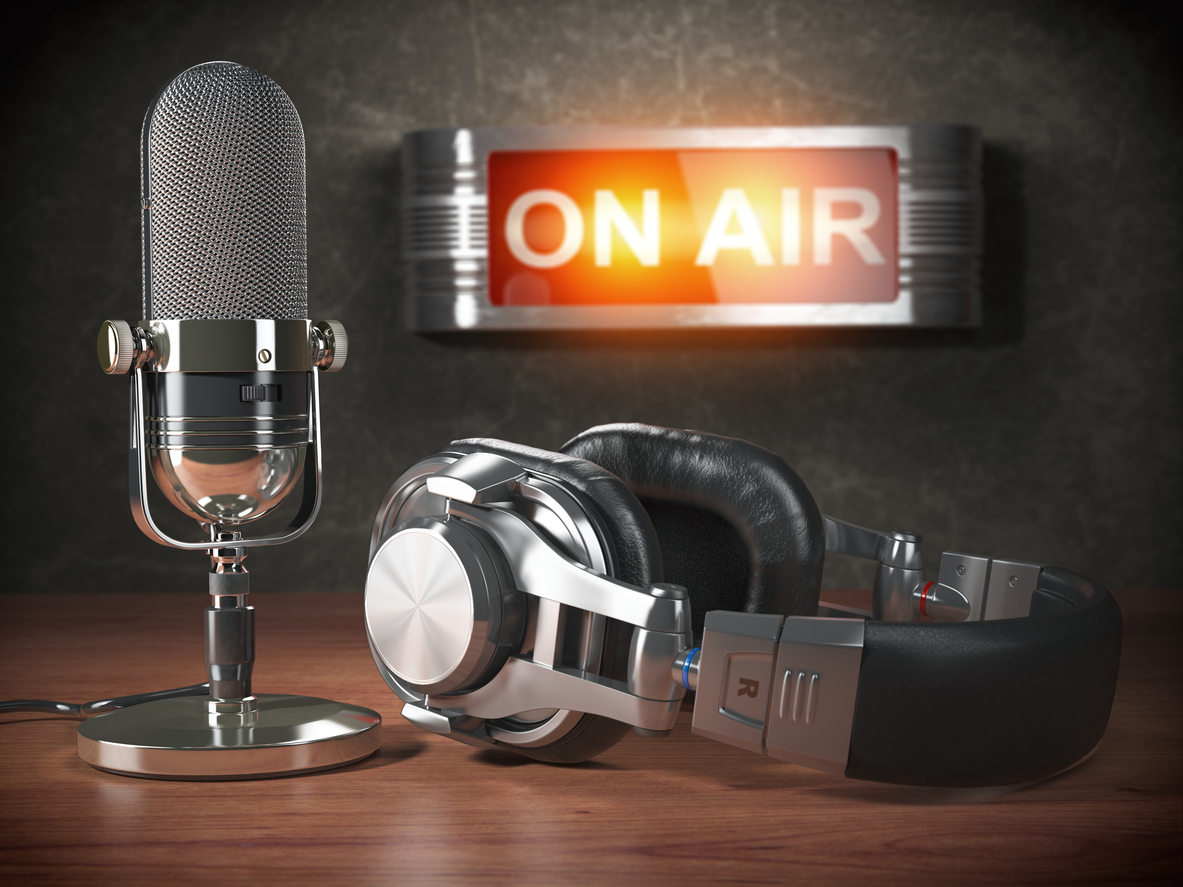
Ideally, you will have headphones that meet the following conditions:
- Comfortable for long periods of time – For obvious reasons, podcasts can be long, and editing can take a long time as well.
- Neutral – You don’t want headphones that are treble-focused or sound unique. Neutral headphones ensure that when you edit your shows, they’ll sound good to everybody, not just users with particular types of headphones.
- Isolation – It’s a good idea to use closed-back headphones (the ones that go around your ear) so that sound doesn’t leak out and potentially get recorded as background noise.
Audio Recording and Editing
Most of the audio software are readily available and some of the good ones are even free. For audio recording purposes you could use: Garage Band (comes with Mac OS), Audacity (free), Adobe Audition, Logic Pro X, depending on your budget and preferences.
Try different things, but do try Audacity, the best audio editing software your money can’t buy. It’s free and Open Source. You can record, edit and produce entire episodes with it. It’s simple, easy to use and it gets the things done.
Useful plugins and libraries for Audacity would include:
- The LAME MP3 encoding library allows Audacity to export audio in the mp3 format
- The FFmpeg import/export library allows Audacity to import and export many additional audio formats such as AC3, AMR(NB), M4A and WMA, and to export audio from video files
Postproduction
Postproduction editing is key to nearly every podcast. Masterful editing takes time to learn, though, so don’t be concerned if you can’t pull off some of the more advanced procedures in the beginning. As far as basics go, you’ll want to ensure your vocal levels are roughly the same for each speaker and work on tightening dead space between phrases.
If you have other audio components, such as sound effects and background music, make sure those levels are low enough that you can still hear the speakers. You can also work to trim your file to a specified length, or adjust the bit rate and other audio facets for your desired medium.

Hosting Your Podcast
Every podcast needs an RSS feed. It provides the audience access to the podcast’s content. Without it, your podcast will not appear in any of the popular podcasting directories, making it very difficult for people to listen to it.
There are two main options to create your own podcast RSS feed: do-it-yourself or with a podcast hosting provider. Since the majority of podcasters aren’t coders, many choose a podcast hosting provider to create their RSS feed.
If you plan to host your podcast on a WordPress platform, try the Seriously Simple Podcasting plugin. It provides everything you need to generate a podcast feed that can be submitted to all the major distributors. Just fill in all the fields and you’re good to go.
To verify your RSS feed is working, you can use a free tool Podbase. You can enter your RSS feed URL and it will run diagnostics on your feed to ensure that there aren’t any issues. Verifying your feed prior to submitting it to directories is considered a very good practice.
It is important to point out that just because your feed is valid when you submit your podcast does not mean that it will stay this way forever. Things like uploading an image that doesn’t fit the size requirements of Apple Podcasts or having HTML in your iTunes description field could invalidate your feed. This means any new episodes you publish or changes you make to your show would not be reflected in those directories.

Podcast Design
What makes a show different and unique and ultimately worth listening to isn’t just its topic, but the design. Topics are usually embedded into the show from the very beginning, they define the podcast and make it what it is and what it’s about. Some podcasts are about technology, some about history and others about cats (because Internet, right?).
How you present the topic is what defines the tone of the show. It will make a difference between interest and indifference. Present your topic well and you will win your audience.
You could go broad and cover a wide variety of topics, or you could go specific and focus on your own niche. Either way, the rule of thumb here is to find a theme that you’re interested in and that will suit the goals of your show. The more passionate and knowledgeable you are about a topic or idea, the more fun you’ll have, which will, in turn, make your show more entertaining to listen to. As time goes on, if you feel like expanding (or shrinking) your topic as your podcast evolves and grows, go for it. But in the early stages, be sure to stick to it, as it will keep you focused.
Episode Length
This is a topic on which everyone will have a different opinion. Some will argue that a 60 minute episodes are the best, other will argue that 30 minutes should never be exceeded. The truth is, there is no golden rule here, but some things should be considered.
Who is your audience and when are they likely to listen to your shows? If they’re mostly commuters, you might stick to 25-30 minutes. If they’re most likely to listen to it over the weekend, you may go longer - 45 or 60 minutes even.
Most podcasts don’t exceed 60 minutes as anything longer typically is a bit much for the average listener. Also, take into account the length of any media you will air — such as songs or a pre-recorded introduction — and run a timer for each segment to ensure a good accuracy.
Timing doesn’t need to be exact across all episodes, but it should be in the ballpark. Also, if you will occasionally have an episode topic that would need more time to cover, break it down into two, or even three episodes.
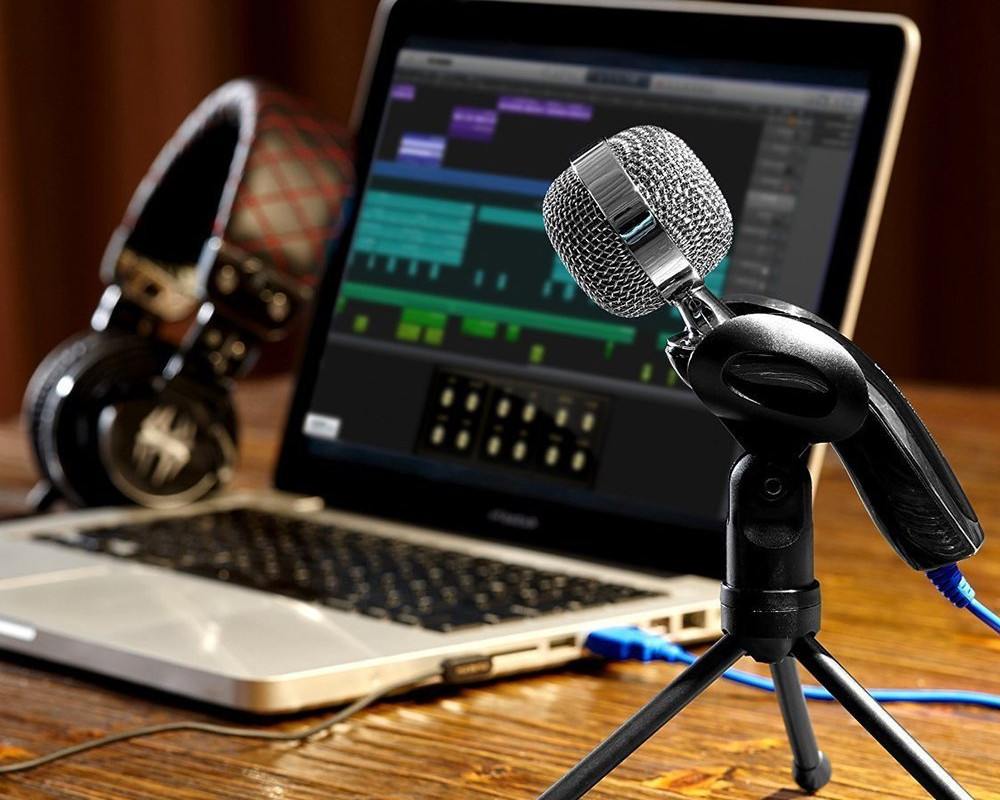
Constants and Variables
Even though there’s an overarching theme, if your show presents a variety of topics (related or not), it would be a good idea to have segments that would remain constant. Those would make your show consistent and recognisable and your audience will relate to that.
A good example would be the catchphrases the host (or the hosts) use to introduce themselves and the guests (if there are any), greet the audience, start or announce sections of the show, and others. It’s not really a trademark, but just a design element. And it will mark the show as yours.
Some examples would be:
- Welcome to Stuff to Blow your Mind, a production of iHeartRadio.
- Hey there. Welcome to Cyberpunk Librarian. I am Daniel Messer.
- This is 99% Invisible. I am Roman Mars.
- Good morning, afternoon or evening (please delete as appropreate).
This is just saying Hello to your audience. But, there are lots of ways to do so.
The design of your show could change over time, to suite your topics and the new things you have learnt and incorporated into your show, or plan to do so. Do not be afraid to add or remove things from your show because you’ve learnt something new. That’s what’s going to make your show better.
Regardless of how your show classifies in terms of genres and topics (a technical podcast, a science podcast, an art podcast, a podcast about podcasts…), when it comes to presenting the content we have a few standard scenarios: One person talking, two people talking, lots of people talking, the call-in show, and so on. There is no need to stick to any of the scenarios. Actually, depending on the episode topic, the hosting layout can change, occasionally or at each episode.
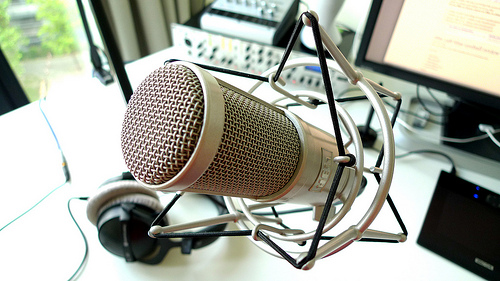
Music and Sound Effects
Mixing music elements, such as clips and songs, and blending them into the show gives the audience the desired dynamic and variety of the audio experience. Using the same, standardised audio clips in selected sections, such as at the beginning of the show and the new sections, will also make your show recognisable and allow your audience to react to them. Also, you will not bore your audience with your voice alone.
Music allows your audience a little break and to rest their ears and brains from your voice, mentally wrap up the previous section and anticipate the next.
There is a variety of royalty free music at Free Music Archive, Royalty Free Music, Filmstro, HookSounds and Bensound.
You can find sound effects at Zapsplat, Free Sounds Library, BigSoundBank and SoundBible.

Podcast Script and Transcript
Write a script, even a basic one. At least, have some notes as guidelines. Even if you plan to go off the cuff and improvise your conversations, as most podcasts do, having a general outline to keep yourselves on track is a good idea.
This is especially important if you’re going to have multiple segments during your show. Having a script or outline will make transitions between segments feel more natural and elegant, and will ensure you stay within your general time limit.
It is important to make your content as accessible and discoverable as possible. You can add a ton of value to each episode with a podcast transcript, a word-for-word account of your episodes. You or an automated software simply listen to your episode and write down every word spoken by you and/or your guests.
You can’t publish your podcast transcriptions on the big podcast directories like Apple Podcasts, Google Play, and Spotify, but you can post it on your own podcast website. It’s best to include a transcription for each episode on the same page as your audio player and show notes.
Podcast transcriptions make your episodes more accessible, maximize your SEO reach, have more backlink opportunities and create content you can repurpose.

Scheduling
How often will your podcast air new episodes? Weekly or biweekly tends to be the norm for most shows, though others do air monthly or even less frequently than that.
Final Notes
When you’re closing out an episode, that’s a good time to make sure your listeners can learn more about your show and where to contact you. Also, it’s a good time to give credit for anything that was used during the show.
It’s important to thank your audience, too. Thank you very much for reading this.

